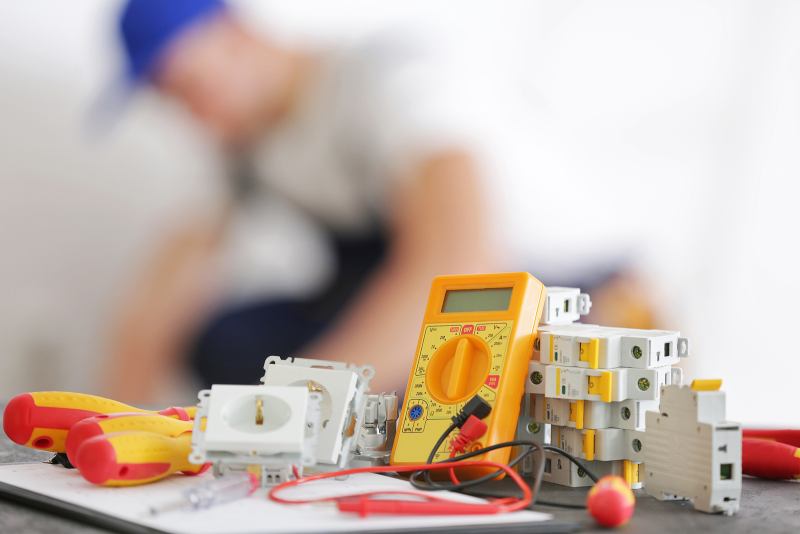Emergency Certified Electricians in Dallas, TX.
Call this Saturday to Get 10% OFF
Emergency Certified Electricians in Dallas, TX.
Call this Saturday to Get 10% OFF

The standard voltage for residential buildings is usually 120v, slightly higher than what you need to run your home. However, a lower voltage can significantly lower utility bills and works well with non-primary lighting options like accent lighting. Mr. Electric can help you reduce the overall energy costs of your home by diminishing the need for energy without compromising efficiency and safety. Before deciding to adjust your lighting, it is advisable to consult a professional electrician to inspect and recommend the ideal course of action.
As mentioned, the standard voltage in most residential properties is 120v, also referred to as line voltage. This means that the outlets you connect to various household appliances like the toaster, TV, washing machine, or your phone are all 120v. While standard lighting usually uses 120v, you may see "line voltage" marked 277v.
Line voltage refers to standard voltage throughout a residential building, and some homes are wired to have a higher voltage. There’s no specific line voltage as different homes have different electrical systems. This is vital, especially if you want to reduce energy costs.
Line voltage is usually the standard for most homes, but low-voltage lighting is ideal for certain applications. It relies on voltage ranges as low as 12 to 24v, which can only be achieved using a special transformer to control the flow. It would help if you worked with an experienced electrician to ensure the transformer installation is completed successfully.
If you upgrade to a low-voltage electrical system, no special fixtures are needed because the transformer will adjust voltage levels appropriately. You can also opt for low-voltage lights that come with built-in transformers which can be connected to a line voltage circuit. An expert electrician can upgrade your electric panel and install your low-voltage transformer.
Low-voltage lights are energy-efficient and cost-effective. These are the main reasons they attract most people. When you constantly receive high monthly utility bills, low-voltage lighting might be the best solution to mitigate the increase in energy expenses.
Another key benefit of low-voltage lighting is the ease of moving compared to line voltage systems. Therefore, it is a better option for outdoor lighting, where movability is essential. You don’t have to worry about using lower voltage wires and running them through conduits or burying them like line voltage wiring.
Last, safety should be the primary concern regarding your electrical system. Low-voltage lighting reduces the chances of electrical hazards like electrocution, making it ideal for gardens. When you accidentally sever a line, you won’t experience severe consequences as line voltage could.
Find an electrician who understands low-voltage circuits to ensure your indoor and outdoor lighting is done correctly. Installing the transformer for an inexperienced person, hence the need to work with a licensed professional. Contact us at Mr. Electric and schedule an appointment with an experienced electrician. We guarantee quality electrical services at competitive market rates.